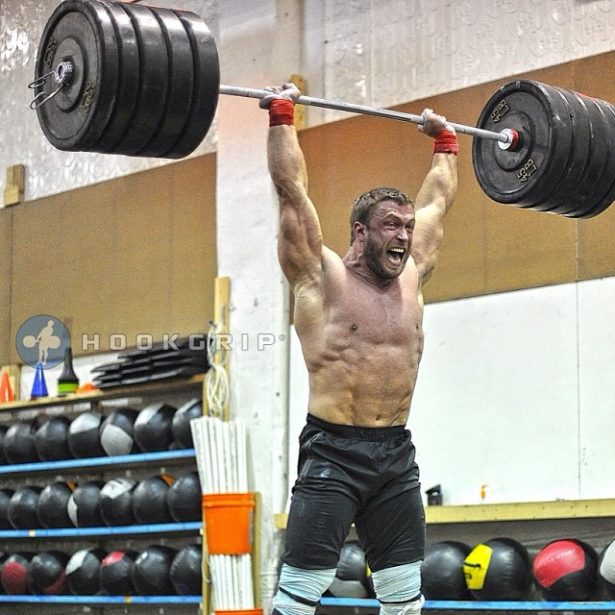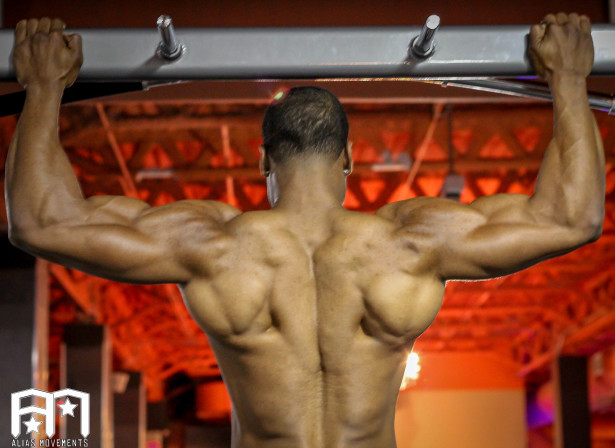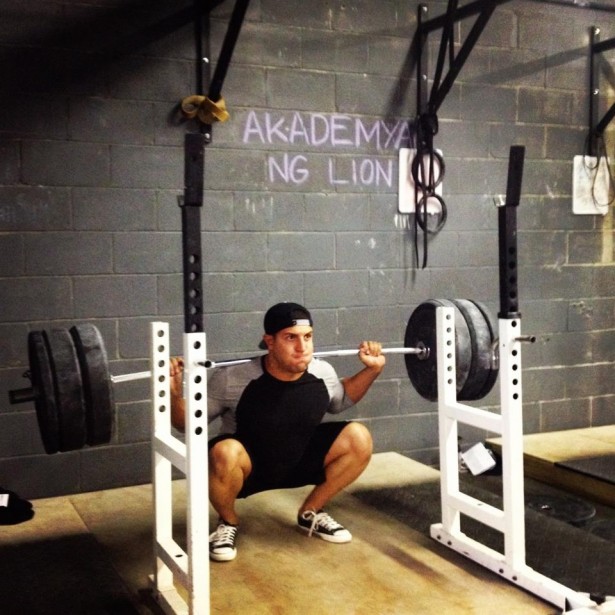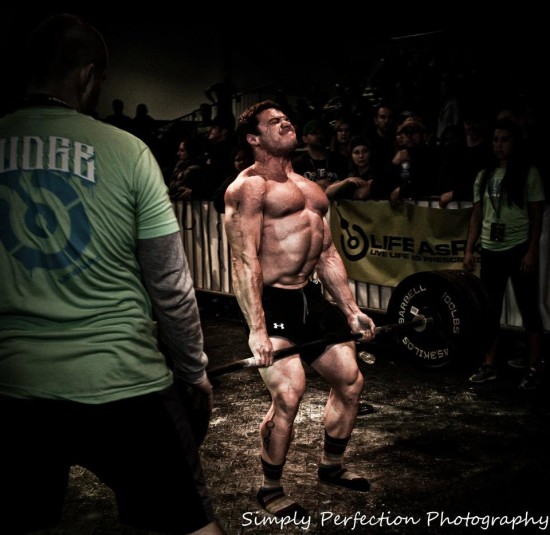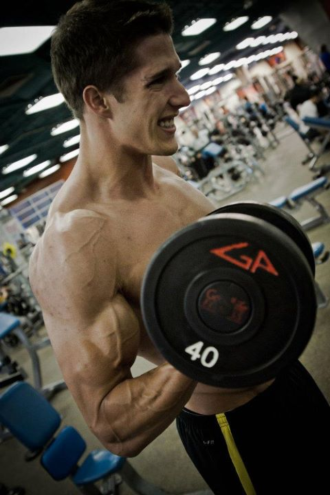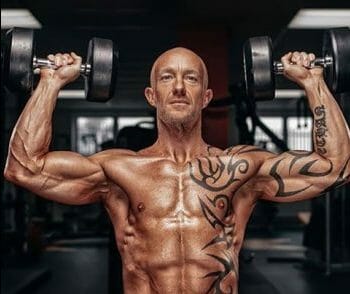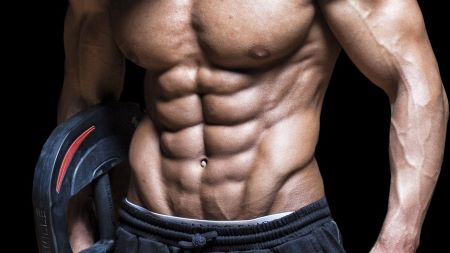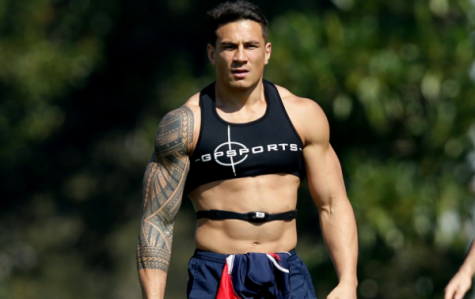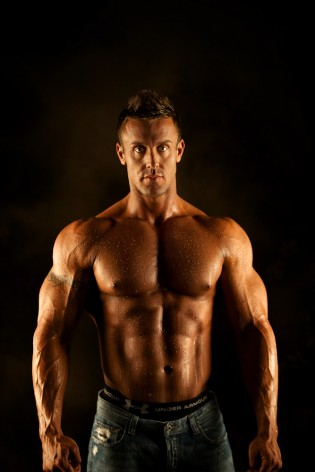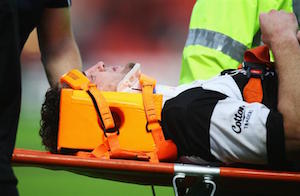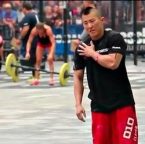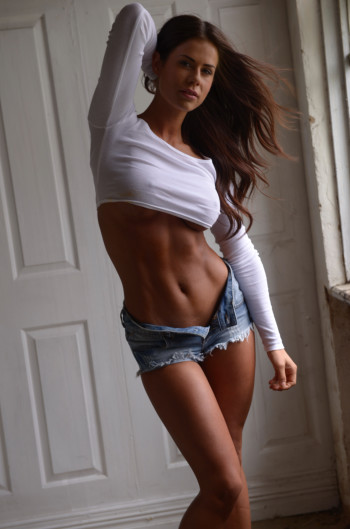In the 6th grade, my friends and I used to create these kinds of scenarios all the time: You know, the classic, if you had to choose between hypothetical option X or Y, for LIFE, what would you choose?
Okay, clearly I wasn’t one of the cool kids. That goes without saying.
With that said, however, I’ve found a way to apply this childhood mock-up into an actionable article.
So here’s a question:
If you had to choose ONE training exercise to use for your general fitness and strength, for the remainder of your life… and you didn’t have the ability to practice ANY other movements in the gym or weight room… which movement would you choose?
Held captive on a tribal desert island with a makeshift gym, and the chief allows you to train ONE move.. ok but seriously. What would you choose?
The answer may seem easy at first, especially if you’re someone with some good training knowledge reading this. If you’re someone with less knowledge, you may simply revert to a move that’s always just been your favorite. Let’s go through the criteria for what would possibly make the list.
Progression – if you were going to choose only one movement for life, it would probably be a good idea for that exercise to involve plenty of room for progression. Strength gains can be more measurable.
Application – As far as everyday life is concerned, I would think the move should have some carryover to what we do day to day in some capacity.
Compound – We’ve gotta go with the most bang for our buck. We’ve only got one shot at this, so it’s smart to choose an exercise that hits as much stuff as possible in one set so it can help promote our fitness and health. Compound movements are a suitable choice over isolation movements.
Corrective – By extension, the movement should have some corrective properties that can help improve muscle balance, perhaps mobility issues, and generally help a lifter move better.
This checklist would rule out a number of movements, so sorry to say it meatheads, the biceps curls and pec deck won’t make the final cut.
How about pull ups or chins? They can help fix the posture, improve back strength, and definitely take a lot of energy to perform. Pull-ups are great, but they unfortunately lack the involvement of the lower body. If this was a choice for the best upper body move, however, pull-ups would be my go-to.
Standing Press/Push Press? Another great idea and a solid movement. They can properly train the shoulder complex, abdominals, and even involve the stability of the lower body. The only bad news is that these lifts heavily depend on the lifter’s body being in already great muscular balance and joint health to be able to really benefit from them. Plus there are several ways to “cheat” your reps, which can potentiate injury in the name of heavier weight or more reps.
Most people reading this would probably think that I’d crown the winner as the squat. Surprise surprise, it’s actually a runner-up, albeit a close one. The squat is an excellent choice because although it’s lower-body dominant, most muscles under the bar are highly active, including the muscles of the back, abdominal region, and even shoulders, traps and arms when the movement is done well. On top of this, there are ways to do variations of the exercise to prioritize different muscle groups and body geometry. It can act to help the mobility of the hips, and aid knee health. Plus it’s one of the best exercises ever invented to practice for strength gains.
The thing to remember is that exercises like the squat and standing press cause spinal compression. That’s fine, but when that’s added to a pushing action, we also get joint stress. When there are no assistance exercises we can use to alleviate this, or make our joints stronger to be able to continue progressing the squat, we run into problems. Things are made worse if we have a body type that’s disadvantaged where the squat is concerned. My lanky frame didn’t make it an easy and quick path to learn to squat comfortably, let alone for full range.
AND THE WINNER IS…
You’re still probably ten steps ahead of me if you haven’t guessed by now.
In my opinion, the one single exercise to be stuck with for life brings things back to the archaic. It covers all the criteria I consider important, and the move can be summed up in one powerful picture, courtesy of my man Tony Gentilcore:
Best movement out. Even over the squat. Yeah, I said it.
Deadlifting leaves no room to cheat in order to move more weight. That’s because the movement is one step: Pick the bar all the way up.
Of course, like all exercises, making sure your form and technique are on point is pivotal to seeing gains and not getting injured. This movement is compressive to the spine, but the good news is that it’s a compressive exercise via an appendicular load (that means the bar’s placed in the hands, and not on the back). On top of this, it’s a pulling movement, meaning ALL the muscles on the back of the body get significantly trained. No, really – like every last one in some capacity. That’s super-important because a pull-dominant movement doesn’t put any stress on load bearing joints (think about it. Most people who can’t squat or lunge due to bad knees and hips, or who can’t bench press or standing press due to bad shoulders, can still deadlift with minimal or no issues), and it helps to improve the stability of those joints due to the fact that posterior muscles are often undertrained in comparison to anterior muscles.
There’s nothing more primitive than picking heavy stuff up, and there’s nothing more fulfilling in the weight room than getting strong at this movement either. As long as you practice good form, you can be sure you’re doing your muscles and joints an awesome service, and the added joint stability can even translate into having stronger pressing strength. Plus, you can make deadlift variations just as easily by doing some RDL’s, adding a deficit for more ROM, changing the stance to a duck stance or a sumo style, or even using one leg at a time. If you don’t have great core strength, never fear, the deadlift can be instrumental in helping you improve it – and you’ll know that by the number on the bar growing.
SOMETIMES YOU JUST HAVE TO PICK $@*! UP.
Of course, we won’t ever have to be in a situation where we’re confined to one lift for the rest of our lives, but it’s good to think about it from time to time, to remember what kinds of lifts should serve as important “hubs” in our programming. You can’t go wrong getting strong in the deadlift, and the proof is in the pudding. In my books, it’s the most all-encompassing way to see fitness and strength improvements and also promote long-term health. Don’t get me wrong, the good thing about having hundreds of exercises at our disposal is the fact that there are better choices to zero in on specific areas of concern or need. But deads provide the best bang-for-your-buck – and when considering the big picture of strength, joint health, and fitness all rolled into one, the deadlift is my top choice. On that note, I’ll finish things off with a quick video of my all-time best as a token for good measure. Now, go to the gym, and pick up the bar!
[youtube]https://www.youtube.com/watch?v=TEOGH75gWzU[/youtube]
Lee Boyce
About the Author
Lee Boyce is a strength coach who works with clients and athletes for muscle, strength, and sport performance, he is based in Toronto, Canada. He’s also an internationally published fitness writer who’s regularly featured in many of the world’s largest publications, like Men’s Health, Men’s Fitness, Oxygen, Esquire, The Huffington Post, Men’s Journal, and T-Nation. Follow him on Facebook and Twitter for tons of great fitness advice.

